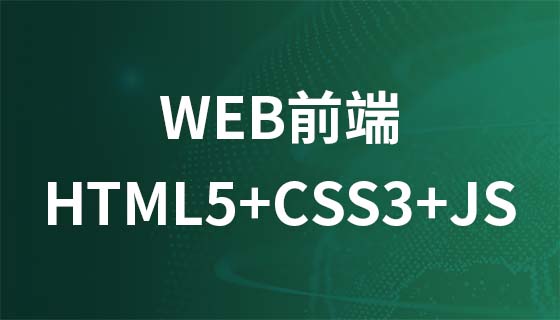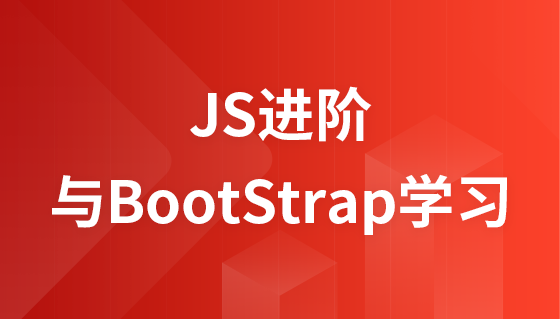
本教程旨在指导开发者如何在mongoose schema中正确定义和管理存储引用类型id的数组字段,如点赞列表或关注者列表。文章将详细阐述使用`mongoose.schema.types.objectid`和`ref`建立数据关联的重要性,并结合实际api路由更新操作,演示如何利用`$push`和`$pull`操作符进行高效、原子性的数组元素增删,同时强调健壮的错误处理机制,以构建稳定可靠的后端服务。
在Mongoose中,当我们需要在文档中存储对其他文档的引用列表时(例如,一个帖子的点赞者列表,存储的是点赞用户的ID),仅仅将字段定义为 default: [] 是不足的。为了确保数据的完整性、类型校验以及未来可能的查询优化,我们必须明确指定数组中每个元素的类型及其引用的模型。
考虑一个PostSchema,其中包含一个likes字段,用于存储点赞该帖子的用户ID,以及一个userId字段,表示帖子的创建者ID。
原始的Schema定义可能存在的问题:
const PostSchema = new mongoose.Schema(
{
userId: {
type: String, // 应该引用User模型
required: true,
},
// ...其他字段
likes: { // 应该明确指定数组元素的类型和引用
default: [],
},
},
{ timestamps: true }
);上述定义中,userId被简单地定义为String类型,而likes字段虽然设置了默认空数组,但并未指定数组元素的具体类型。这会导致以下问题:
正确的Schema定义:
为了解决这些问题,我们应该使用mongoose.Schema.Types.ObjectId来明确表示这些字段存储的是MongoDB的ObjectId,并通过ref属性指定它们引用的模型名称。
const mongoose = require("mongoose");
const PostSchema = new mongoose.Schema(
{
userId: {
type: mongoose.Schema.Types.ObjectId, // 明确指定为ObjectId
ref: 'User', // 引用User模型
required: true,
},
desc: {
type: String,
max: 500,
},
img: {
type: String,
},
likes: [ // 定义为ObjectId数组
{
type: mongoose.Schema.Types.ObjectId,
ref: 'User', // 引用User模型
},
],
},
{ timestamps: true }
);
module.exports = mongoose.model("Post", PostSchema);对UserSchema中类似字段的建议:
对于UserSchema中的followers和following字段,也应采用相同的定义方式,以确保其存储的是有效的用户ID并建立正确的引用关系。
const mongoose = require("mongoose");
const UserSchema = new mongoose.Schema(
{
// ...其他字段
followers: [
{
type: mongoose.Schema.Types.ObjectId,
ref: 'User',
},
],
following: [
{
type: mongoose.Schema.Types.ObjectId,
ref: 'User',
},
],
// ...其他字段
},
{ timestamps: true }
);
module.exports = mongoose.model( "User" , UserSchema);在处理点赞、关注等功能时,我们需要在数组中添加或移除元素。Mongoose提供了强大的更新操作符,如$push和$pull,它们能够原子性地修改数组,避免竞态条件,并且比先查询再修改整个数组更高效。
原始的API路由:
router.put("/:id/like", async (req, res) => {
try {
const post = await Post.findById(req.params.id);
if (!post.likes.includes(req.body.userId)) {
await post.updateOne({ $push: { likes: req.body.userId } });
res.status(200).json("The post has been liked");
} else {
await post.updateOne({ $pull: { likes: req.body.userId } });
res.status(200).json("The post has been disliked");
}
} catch (err) {
res.status(500).json(err);
}
});上述路由存在以下潜在问题:
健壮且优化的API路由:
router.put('/:id/like', async (req, res) => {
const postId = req.params.id;
const { userId } = req.body; // 从请求体中获取userId
try {
// 1. 查找帖子
const post = await Post.findById(postId);
// 2. 处理帖子不存在的情况
if (post === null) {
return res.status(404).send('Post with id not found');
}
// 3. 判断用户是否已点赞,并执行相应操作
// 注意:Mongoose的ObjectId实例和字符串ID在比较时,通常需要手动转换或依赖Mongoose内部机制。
// 为了确保准确性,可以先将userId转换为ObjectId,或者使用Mongoose的$in操作符进行更精确的检查。
// 但对于$push/$pull,Mongoose通常能处理字符串ID。
if (!post.likes.includes(userId)) {
// 如果未点赞,则添加userId到likes数组
await post.updateOne({ $push: { likes: userId } });
res.status(200).json('The post has been liked');
} else {
// 如果已点赞,则从likes数组中移除userId
await post.updateOne({ $pull: { likes: userId } });
res.status(200).json('The post has been disliked');
}
} catch (err) {
// 4. 统一处理服务器内部错误
console.error("Error updating like status:", err); // 记录错误日志
res.status(500).json({ message: 'Internal server error', error: err.message });
}
});关键改进点:
正确定义Mongoose Schema中的数组类型字段,特别是涉及引用其他模型的ObjectId时,是构建可靠和可维护Mongoose应用的基础。结合mongoose.Schema.Types.ObjectId和ref能够建立清晰的数据关联。同时,在API路由中使用$push和$pull等原子性操作符,并辅以完善的错误处理和边界条件检查,可以确保数据更新的高效性、原子性和健壮性。遵循这些最佳实践,将有助于开发出更稳定、更易于扩展的Node.js应用。
以上就是Mongoose Schema中数组类型字段的正确定义与高效更新实践的详细内容,更多请关注php中文网其它相关文章!

每个人都需要一台速度更快、更稳定的 PC。随着时间的推移,垃圾文件、旧注册表数据和不必要的后台进程会占用资源并降低性能。幸运的是,许多工具可以让 Windows 保持平稳运行。




Copyright 2014-2025 https://www.php.cn/ All Rights Reserved | php.cn | 湘ICP备2023035733号